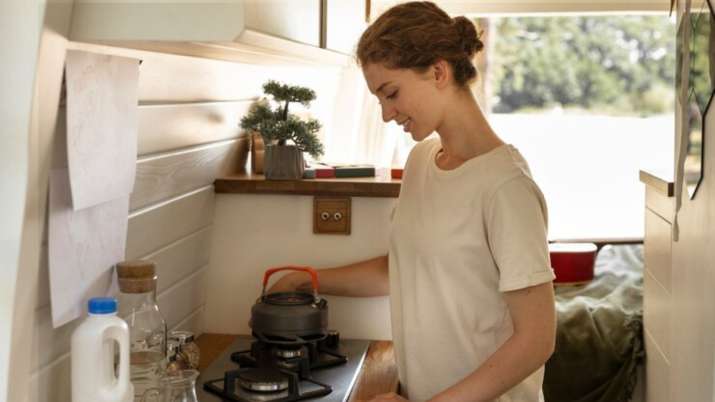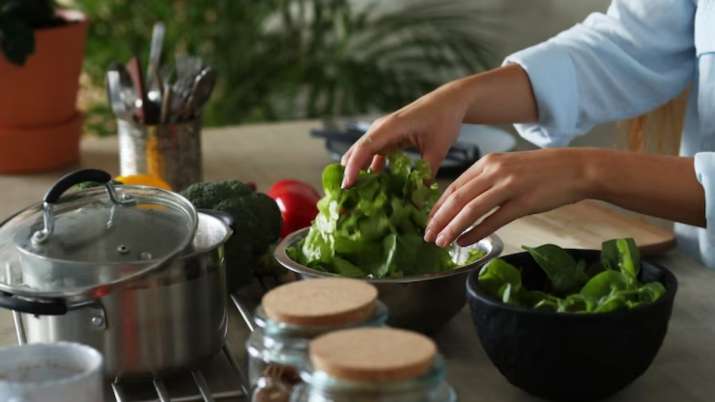When it comes to the food we consume, the cooking process is actually one of the biggest contributors to a food’s carbon footprint. In an energy-rich country, most of us have never really had to consider optimizing our energy use. While turning off the lights and not leaving the oven on will certainly make a huge difference, there are so many other cooking habits we can introduce.
We all know that some of the best ways to reduce your personal carbon footprint in the kitchen in general are to adopt a more plant-based diet, eat seasonally and locally, and reduce waste as much as possible. These are all great steps towards an eco-friendly lifestyle, but how about thinking less about what we eat and more about how we prepare our food?
Here are five easy changes we need to make to reduce our carbon footprint in the kitchen:
1. Cut your vegetables into small pieces:
This helps in cooking the vegetables faster and hence requires less time on the stovetop. Subsequently, there will be less energy consumption.
2. Boil Water Slowly:
The water temperature is the same whether we are cooking on a full boil or on a low flame, which means the cooking time is also the same. Open the lid and reduce the heat to low, if there are bubbles, that’s the time it will take for the food to be ready.
3. Always use a lid:
No matter what we’re cooking, using a lid on a pot speeds up cooking time and prevents wastage of energy. If we do not use the lid then up to 20% of the energy used can be wasted.
4. Boil only when needed:
Whether it’s just for a cup of tea or to boil our in-season potatoes, fill the kettle with only the water required. An easy way to measure is to simply use your favorite mug to fill the kettle, then it’s guaranteed to be the right amount.
5. Use the right stove top for the pan:
Using a pan that is too small for the stove size can result in 20% heat loss from the sides. Another option is to use an induction stove, which can serve to reduce wasted heat from the stovetop.
These kitchen habits may seem like they don’t make much difference. But, being more conscious of how we cook can make a huge difference to our personal carbon footprint.




